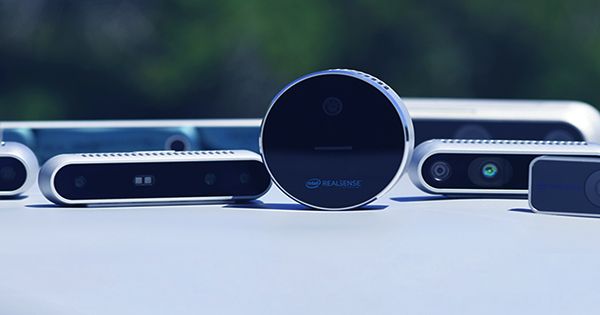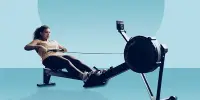The doctor points a camera at your chest, and a computer creates a hologram of your heart and blood veins. It sounds like something out of Star Trek. She magnifies the image and examines some of your tiniest capillaries, which are individually exquisitely depicted in sub-millimeter detail. However, due to a group of researchers at Northwestern University’s McCormick School of Engineering, it might soon be a reality.
They have developed a prototype system that can see around corners and through a variety of obstacles, including fog and the human skull. Their findings have been published in Nature Communications.
“It’s as if we could plant a virtual computational camera on every remote surface to observe the world through the eyes of the surface,” said Florian Willomitzer, the study’s first author. “With this approach, walls become mirrors.” This is known as non-line-of-sight (NLoS) imaging and its major news in the age of self-driving vehicles and cutting-edge medical discoveries. They function in a similar way to visual sonar in that they send out a pulse of light and assess how much it has changed by the time it returns.

“You may rebuild the item’s three-dimensional shape in its entirety if you can capture the complete light field of an object in a hologram,” Willomitzer added. “We use synthetic waves instead of typical light waves to achieve this holographic imaging around a corner or through scatterers.”
The method employs a “synthetic” light wave, which is formed by combining two lasers of different wavelengths. This light wave collides with the item of interest and scatters such that we would not be able to notice it under regular conditions. That may be because it is around the corner, behind a wall of fog, or inside our bodies – it’s all the same question from an engineering standpoint, Willomitzer added.
“You’ve experienced these phenomena if you’ve ever tried to beam a flashlight through your hand,” Willomitzer said. “You see a brilliant light on the opposite side of your hand, yet your bones should throw a shadow, exposing the structure of the bones.” Instead, the light that travels through the bones is dispersed in all directions within the tissue, totally obscuring the shadow picture.”
It’s not the first time researchers have tried to develop NLoS techniques, but they’ve always hit a few roadblocks: low-resolution imaging, long processing times, and various technical size constraints – existing methods often require very large areas to work in, or give only very limited fields of view. Furthermore, relying on a single light source has its own set of issues: after all, light is notoriously fast. “Nothing moves faster than light,” Willomitzer explained, “therefore if you want to measure light’s duration of passage with great precision; you’ll need extraordinarily fast detectors.” “Such detectors can be quite costly.”
However, employing two distinct wavelengths instead of one allows the prototype to operate without ultrafast light sources or detectors while yet producing a quick, high-resolution image with a wide field of view. “It gets better,” Willomitzer continued, “since the approach can be used at night and in foggy weather.”
Although Willomitzer acknowledges, “there is still a long way to go” before this technology becomes commonplace, he is certain that “it will happen.” While its uses in driving and medical imaging are obvious, he believes the technology’s potential is considerably more than we may realize.
He predicted, “Our technique will bring in a new generation of imaging possibilities.” “While our present sensor prototypes employ visible or infrared light, the idea is general and may be applied to other wavelengths,” says the researcher. The same technology might be used to image radio waves for space exploration or underwater acoustic imaging, for example.” “It can be used in a variety of situations, and we’ve barely scratched the surface,” he continued.
















